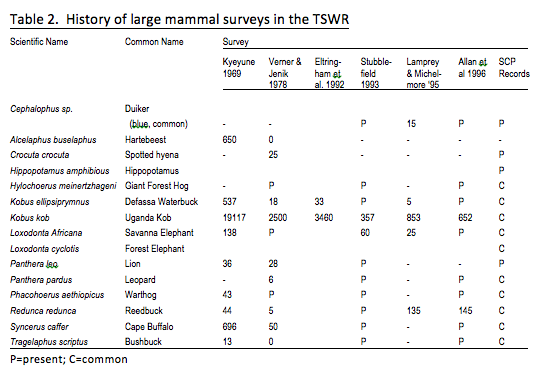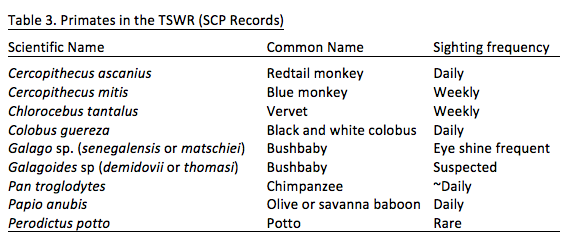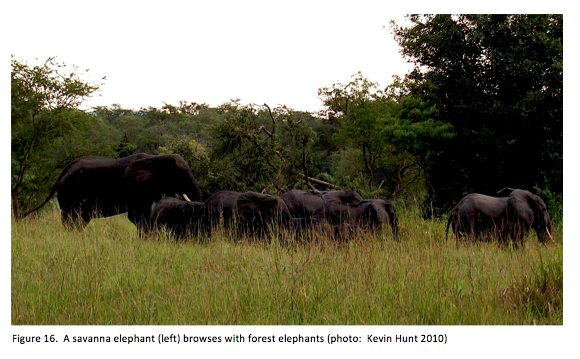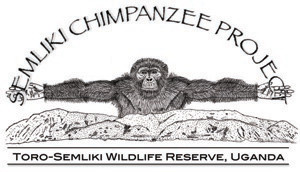Fauna
 Table 2 documents historic changes in large mammal population sizes in the reserve; the effect of war and neglect in the late 70s and early 80s is apparent. Wildlife have recovered nearly to levels seen in the 60s, with the exception of Jackson’s hartebeest, which was hunted out relatively recently, perhaps becoming extinct in the mid-80s. Occasionally UWA suggests reintroducing them. There are no zebra in the reserve, but they were recorded in the area before the reserve was gazetted.
Table 2 documents historic changes in large mammal population sizes in the reserve; the effect of war and neglect in the late 70s and early 80s is apparent. Wildlife have recovered nearly to levels seen in the 60s, with the exception of Jackson’s hartebeest, which was hunted out relatively recently, perhaps becoming extinct in the mid-80s. Occasionally UWA suggests reintroducing them. There are no zebra in the reserve, but they were recorded in the area before the reserve was gazetted.
The Toro-Semliki Wildlife Reserve has three distinct faunal communities. In the center of the reserve are grassland adapted species, including kob, savanna elephants, buffalo, reedbuck, and warthogs. Vervets are commonly seen in these open habitats, baboons less so; hyenas are rare. Riverine forests flanking water courses support bushbuck, waterbuck, duiker, bushpig, giant forest hog, forest elephants and most primate species; waterbuck are found both in the riverine forest and open woodland. Hippos, crocodiles and waterfowl are found lakeside, in the norther of the reserve. Forest elephants are found in swamps and woodlands, as well as in gallery forests.
 Lodge staff have recorded more than 400 species of birds, including the rare shoebill stork, and the lesser kestrel (see also Allan et al, 1996). Allan et al. (1996) report 13 species of rodents, including the African pygmy mouse (Mus minutoides), the striped grass mouse (Lemniscomys striatus), the marsh rat (Dasymys incomtus), the link rat (Deomys ferrugineus), and the common black rat (Rattus rattus). Cane rats (Thryonomys gregorianus and Thryonomys swinderianus) are common and are an important prey species for leopards (Allan et al., 1996). Five species of shrew (ibid) and 18 species of bats are found in the reserve, of which 5 are megachiropterids. Banded mongoose are often seen in riverine forests and woodlands, and pangolins have been observed occasionally. Crocodiles are common in the lake, and one was even found in the Mugiri River, near research camp. Monitor lizards, chameleons and a wide variety of geckos are common. Thirteen species of amphibian were listed by Allan et al. (1996), including tree frogs (Hyperolius sp.), puddle frogs (Phrynobatrachus) and toads (Bufo sp.).
Lodge staff have recorded more than 400 species of birds, including the rare shoebill stork, and the lesser kestrel (see also Allan et al, 1996). Allan et al. (1996) report 13 species of rodents, including the African pygmy mouse (Mus minutoides), the striped grass mouse (Lemniscomys striatus), the marsh rat (Dasymys incomtus), the link rat (Deomys ferrugineus), and the common black rat (Rattus rattus). Cane rats (Thryonomys gregorianus and Thryonomys swinderianus) are common and are an important prey species for leopards (Allan et al., 1996). Five species of shrew (ibid) and 18 species of bats are found in the reserve, of which 5 are megachiropterids. Banded mongoose are often seen in riverine forests and woodlands, and pangolins have been observed occasionally. Crocodiles are common in the lake, and one was even found in the Mugiri River, near research camp. Monitor lizards, chameleons and a wide variety of geckos are common. Thirteen species of amphibian were listed by Allan et al. (1996), including tree frogs (Hyperolius sp.), puddle frogs (Phrynobatrachus) and toads (Bufo sp.).
Among the predators in the reserve are spotted hyena, leopard and lion. Lions are heard almost daily, and leopard sign is seen often. At least three species genet and six species of mongoose are found in the reserve, including banded mongoose. One civet species is documented (Allan et al. 1996).
 Primates are listed in Table 3. Vervets are common in grassland habitats and are easily seen from the road early and late in the day. Baboons are the most widely distributed, ranging from the grasslands on the rift floor to the riverine forests to the wooded savanna high on the escarpment. Redtails are common in riverine forests, particularly at low elevations, as are black and white colobus. Blue monkeys are rarer, and found higher on the escarpment. Black and whites, redtails and baboons are seen almost daily at the chimpanzee research camp on the Mugiri. Pottos and bushbabies are thought to be found in the reserve, but these strepsirhines are nocturnal, and most of our observations have been of eye shine at night.
Primates are listed in Table 3. Vervets are common in grassland habitats and are easily seen from the road early and late in the day. Baboons are the most widely distributed, ranging from the grasslands on the rift floor to the riverine forests to the wooded savanna high on the escarpment. Redtails are common in riverine forests, particularly at low elevations, as are black and white colobus. Blue monkeys are rarer, and found higher on the escarpment. Black and whites, redtails and baboons are seen almost daily at the chimpanzee research camp on the Mugiri. Pottos and bushbabies are thought to be found in the reserve, but these strepsirhines are nocturnal, and most of our observations have been of eye shine at night.

